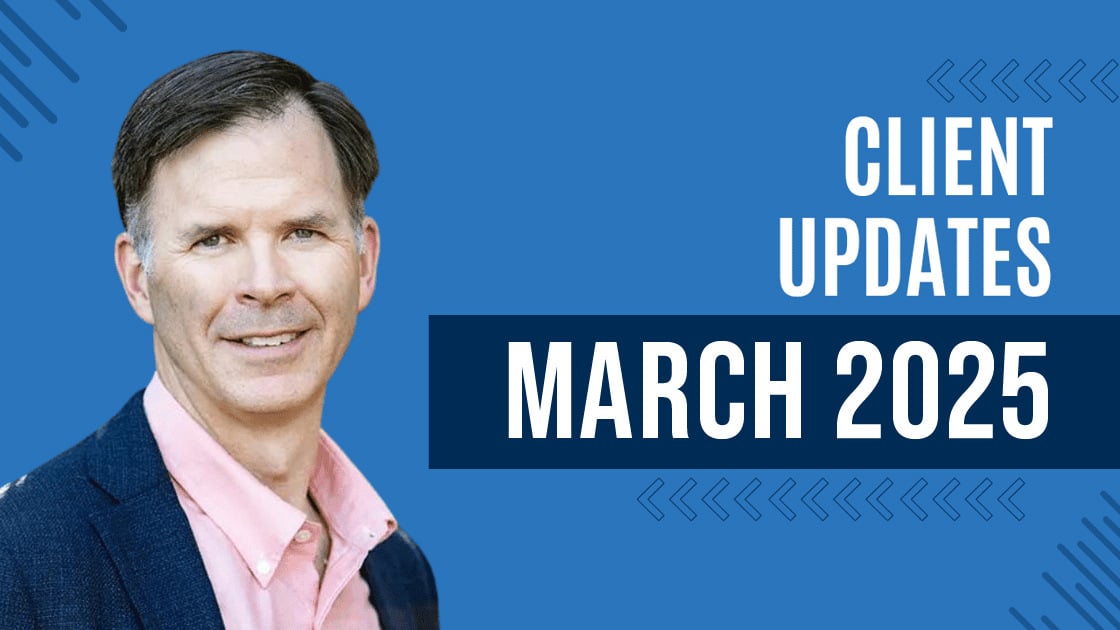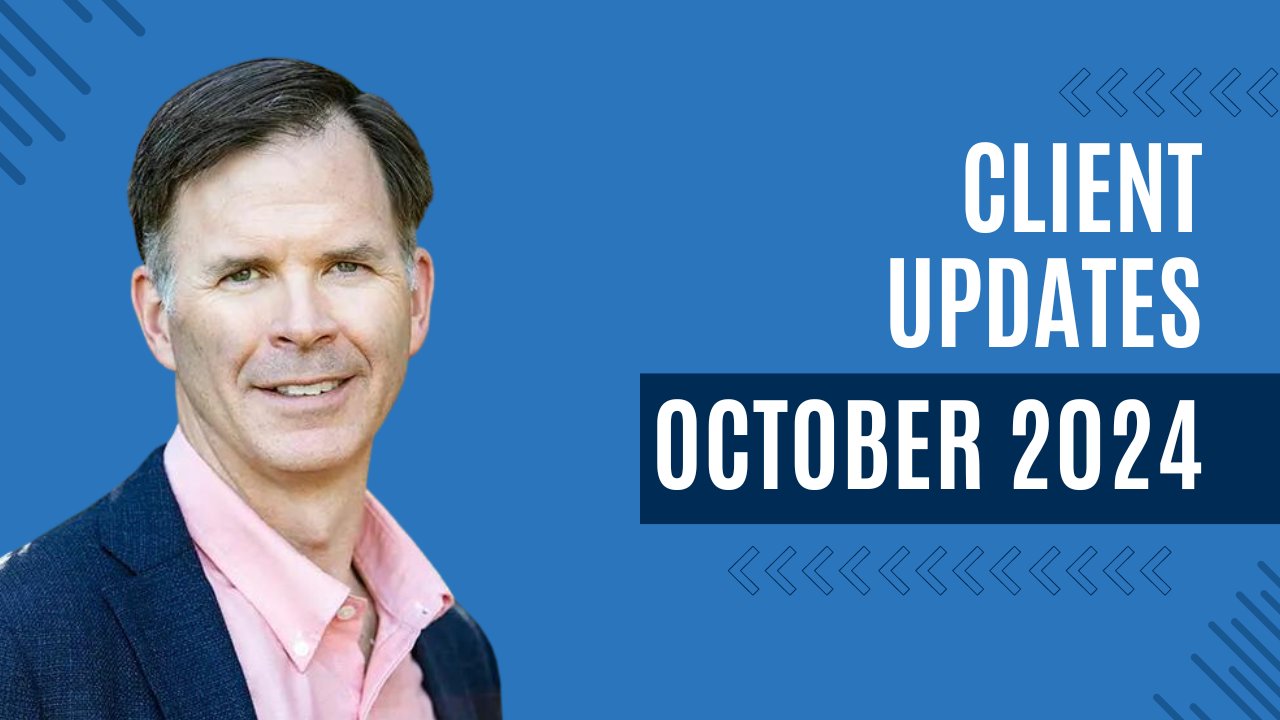Chris McAlpin, CEO of Sound Financial Strategies, Announces Transition to Full-Time Ministry
Jackson, MS – Sound Financial Strategies announces that CEO Chris McAlpin will step down at the end of 2025 to serve in full-time ministry with the...
3 min read
 Chris McAlpin
:
Mar 20, 2025 9:16:46 AM
Chris McAlpin
:
Mar 20, 2025 9:16:46 AM

The financial markets in early 2025 are flashing cautionary signals, prompting investors to consider a more defensive stance. As I write this article, or rather as Chat GPT helps me write this article based on our friends at WealthShield’s March Trend Report, the US stock market is on a terrible run down.
The latest WealthShield Trend Report suggests that the stock market may have entered a topping phase, meaning that valuations have peaked, and downside risks now outweigh potential gains. With several key indicators aligning to suggest a shift in market sentiment, raising cash, high-quality bonds, or even considering an annuity might not be an act of fear—but of prudence.
Gold has historically been a safe-haven asset during periods of market uncertainty. Recently, the S&P 500-to-Gold ratio has broken down, reminiscent of past market downturns in 2000 and 2008. This trend suggests that investors are moving away from equities and into safer assets. When gold outperforms stocks, it often signals a shift in risk appetite—a strong reason to reconsider equity exposure.
The seven mega-cap tech giants (Apple, Microsoft, Amazon, Google, Meta, Nvidia, Tesla) have been the primary drivers of market gains over the past several years. However, in early 2025, these stocks are underperforming, with some seeing double-digit declines. Historically, when market leaders start faltering, broader market weakness tends to follow. In 2000 and 2007, similar breakdowns in key leadership stocks preceded major sell-off.
Market complacency has vanished as the CBOE Volatility Index (VIX), known as the “fear gauge,” has surged. Spikes in volatility often correlate with market tops, as investors scramble to hedge against uncertainty. A similar uptick in volatility was seen in mid-2024, foreshadowing a market correction in August. The lesson? Elevated volatility is a red flag that shouldn’t be ignored.
Housing stocks are often a leading indicator of economic shifts. After a strong start in 2024, homebuilder stocks rolled over in the latter half of the year. This suggests that higher mortgage rates and slowing demand may be weighing on the housing market. If history is any guide, a decline in homebuilders could foreshadow broader economic weakness.
In a healthy bull market, riskier, high-beta stocks tend to outperform their low-volatility counterparts. However, the opposite is happening—investors are shifting toward utilities, consumer staples, and healthcare, which are typically defensive sectors. This shift signals that institutional investors are bracing for potential downside risk.
Credit spreads—the difference in yields between corporate bonds and U.S. Treasuries—remain relatively tight, suggesting that bond investors are not yet panicking. However, historically, credit spreads widen after equities decline, meaning they may not yet be fully reflecting the risks in the market. When spreads finally widen, liquidity often dries up quickly, making it harder to exit risky positions.
With multiple indicators pointing to increased market risks, holding more cash, high-quality bonds, or considering an annuity may be a wise move. Raising cash now isn’t about calling an exact market top—it’s about reducing exposure to the potential downside while waiting for better opportunities. As the WealthShield report puts it, “It’s better to be out wishing you were in than in wishing you were out.” Investing more into a high-quality bond portfolio or an annuity is risk management for the long term. Please consider the portfolio in which you are invested. Are you taking the right amount of risk? While we are not predicting a market crash, short-term sell-offs happen more often than you realize. And you have more investment choices, now that interest rates are higher than they’ve been in the last twenty years.
If we haven’t talked recently, let’s have a call. We hope to talk to you soon.
Sound Financial Strategies Group, Inc. (Sound Financial) is an investment adviser registered with the Securities and Exchange Commission (SEC). More information about the firm can be found in its Form ADV Part 2 and Form CRS, which is available upon request. All information contained herein is for informational purposes only and provides a way for individuals to contact Sound Financial. The information presented through the website does not constitute a solicitation or offer to sell securities or investment advisory services.
All information herein has been prepared solely for informational purposes, and it is not an offer to buy or sell, or a solicitation of an offer to buy or sell any security or instrument or to participate in any particular trading strategy. The opinions expressed herein are those of Sound Financial and are subject to change without notice. This material is not financial advice or an offer to purchase or sell any product. Sound Financial reserves the right to modify its current investment strategies and techniques based on changing market dynamics or client needs.
Material presented has been derived from sources considered to be reliable, but accuracy and completeness cannot be guaranteed.
This document may contain certain information that constitutes “forward-looking statements” which can be identified by the use of forward-looking terminology such as “may,” “expect,” “will,” “hope,” “forecast,” “intend,” “target,” “believe,” and/or comparable terminology. No assurance, representation, or warranty is made by any person that any of Sound Financials’ assumptions, expectations, objectives, and/or goals will be achieved. Nothing contained in this document may be relied upon as a guarantee, promise, assurance, or representation as to the future.

Jackson, MS – Sound Financial Strategies announces that CEO Chris McAlpin will step down at the end of 2025 to serve in full-time ministry with the...

Even with continued chatter about inflation and economic slowdown, the latest May 2025 Sound Financial WealthShield Trend Report paints a clearer...

Understanding where we are in the market cycle is key to making sound investment decisions. At Sound Financial Strategies Group, we take a...

Welcome to Moneyville Once upon a time, in a town not too far away, there was a place called Moneyville. In Moneyville, everything seemed perfect....

Risk is both a feature and a bug of investing. That means the most critical way you can empower yourself to make smarter financial decisions (and...

Tax season often feels like a labyrinth, especially for retirees who are trying to manage withdrawals and conversions and avoid potential pitfalls....